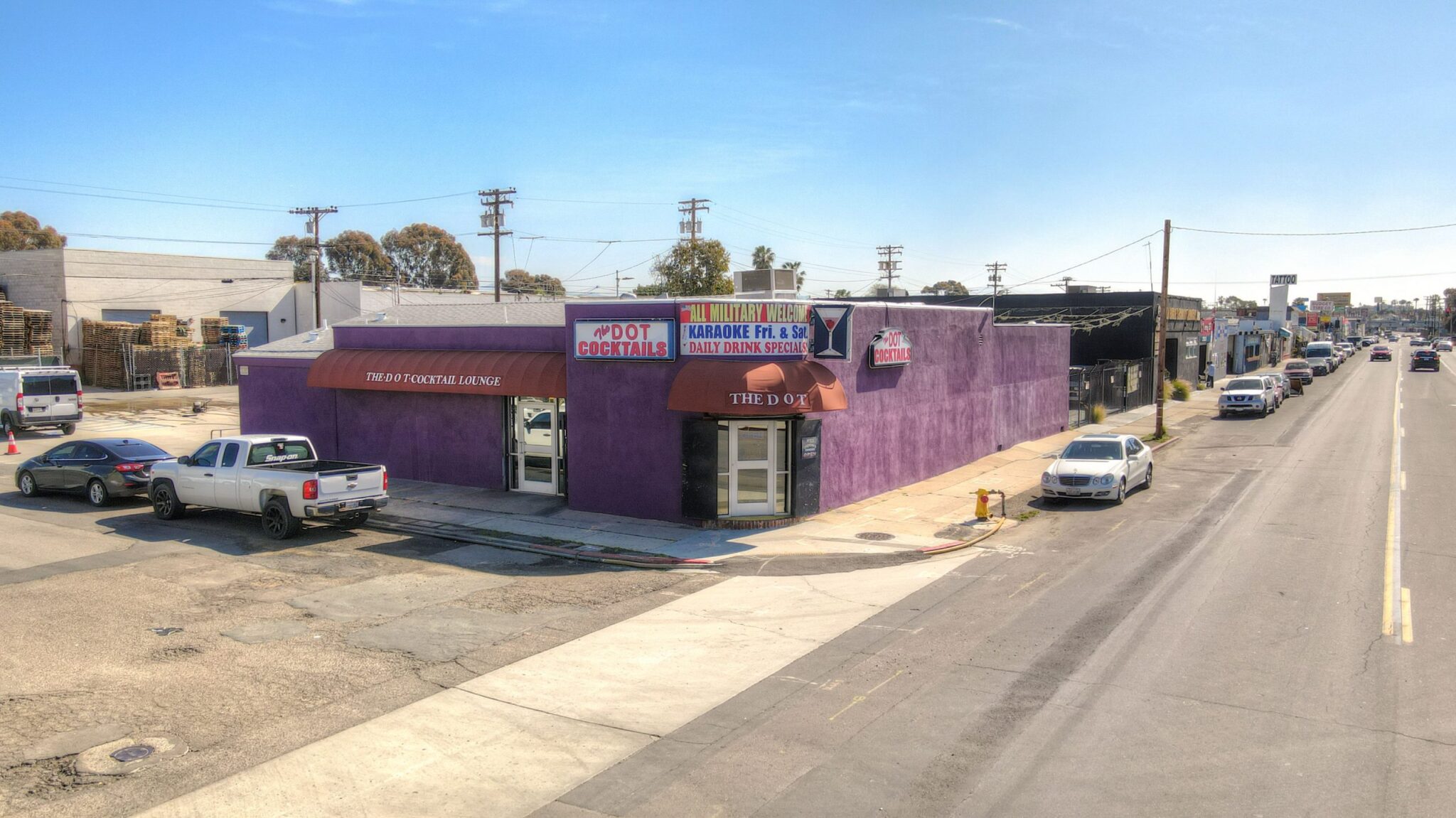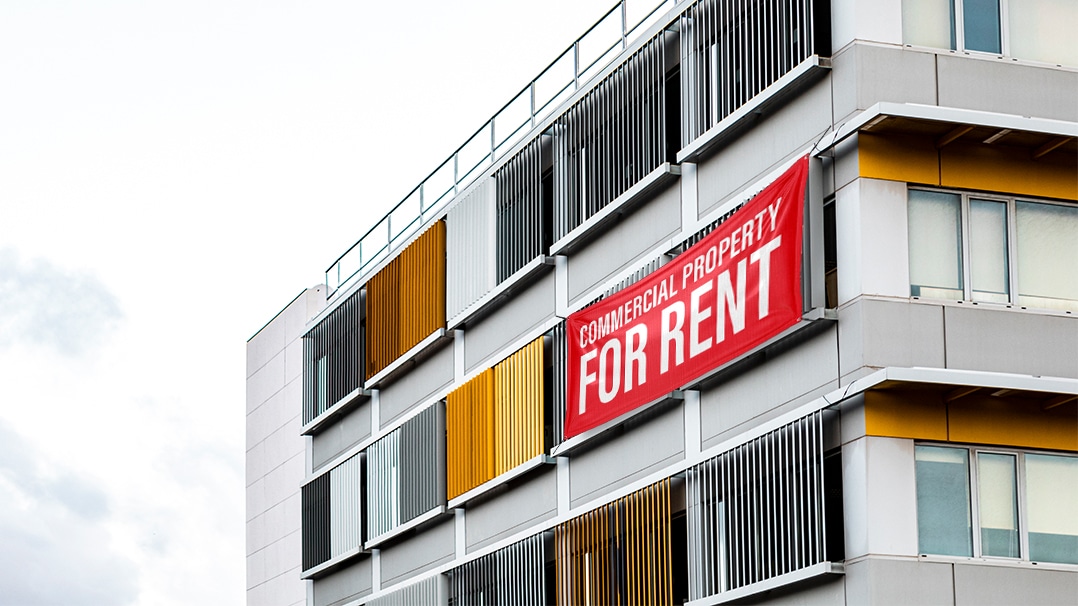

Disclaimer: I am not an attorney and this article is not intended as a substitute for advice from the appropriate legal, zoning, financial, construction and/or tax professionals. This information is provided for educational purposes only and is made without warranties or representations
Proposition 19 was passed in November 2020 and enacted on September 30, 2021, making significant changes to the way real estate is handled in certain situations throughout California.
The Fact Sheet provided by the California state government provides more information, but if you don’t want to comb through it to figure it all out for yourself, I’ve worked to make it more digestible for you here.
Before reading too much further, though, remember that financial planning and tax advice tend to be highly individualized, and guidance that applies to one person might not apply to another. Consider the below to be generalized information meant to inform, not specific tax advice.
If you need advice for your situation, I recommend chatting with a dedicated advisor. Similarly, if you want to buy, sell, or manage commercial real estate, you can drop me a line.
There are two core elements of Proposition 19. The first is the Intergenerational Transfer Exclusion. This section exempts the transfer of property from parent to child (or grandparent to grandchild) when it’s a family home or farm from being counted as a change in ownership with all of the tax liabilities that entails.
While this might sound good on the surface, it’s actually a lot more restrictive than the previous pre-Proposition 19 scenarios. More on that later.
“Allows transfers of a family home or family farm between parents and their children without causing a change in ownership for property tax purposes. It is an exclusion from change in ownership. Allows transferee to retain the taxable value of the transferor. “Taxable value” means the base year value plus inflationary adjustments, commonly referred to as the factored base year value.”
The second element focuses on the base value transfer of a property’s value from one property to another, specifically for homeowners over the age of 55 or who are permanently disabled.
“Allows homeowners who are age 55 or older, or severely and permanently disabled of any age, to transfer the “taxable value” of their principal residence to a replacement property up to three times anywhere in the state. “Taxable value” means the base year value plus inflationary adjustments, commonly referred to as a factored base year value. There is no limit to the market value of the replacement property compared to the original property, but the amount in excess of the original property’s market value is added to the transferred value. The replacement’s market value can exceed the original’s market value up to one hundred and five percent (105%) if the replacement is purchased within the first year after the sale of the original, or one hundred and ten percent (110%) in the second year with no excess added to the transferred taxable value.”
If that sounds inscrutable, don’t worry; it’s not the part we’re interested in today. I’m specifically focusing on the inheritance aspect.
Table of ContentsThese days, a common scenario is a pair of married people who have owned their home for decades here in California and who have taken advantage of the appreciation of the house as an asset outpacing the tax assessments. In other words, since you’ve lived in your current home for as long as you have, your property taxes are low compared to what they would be if you were to buy the same house at its current market value today.
This situation is a great one if you plan to live in your current home or hang onto your commercial real estate for the foreseeable future, but two things can cause issues with that plan. The first is life events near the end of life; you may not be able to keep up living where you are without significant assistance, and you may want to move to a more convenient, accessible, or usable location. The second clause about value transfers in Proposition 19 covers this.
The other problem is inheritance. If you have children and you plan to leave your home to them (rather than sell and move, with or without the Proposition 19 value transfer), you may be worried about the asset transfer and the tax liability it includes.

Prior to Proposition 19, any inheritance, including property from parent to child, would be exempt from tax reassessment. Not only did this include the primary residence of the parents, but it also included up to $1 million in additional property. This often puts children in a good position when their parents pass away, leaving them with the flexibility to choose between their current homes and the family home while still keeping the option to rent out one or the other as an additional income stream without having to worry about the reassessed value of taxes skyrocketing.
Proposition 19 changes this.
Any property inherited upon the death of a parent is now, by default, reassessed, which often doubles, triples, or otherwise dramatically increases the property tax liability of the property due to the increased value of that property over time.
There’s one way to avoid this reassessment, and it’s limited under Proposition 19. The exemption applies if the home was your current primary residence, AND it will be your child’s primary residence, AND the home has a value under $1 million. Since many homes throughout the desirable areas of California are well over that million-dollar mark – and since children today don’t often want to live in their family homes – the chances of this exemption applying are quite low.
One way that parents could circumvent these new rules was by using a trust assigned to their children; that carries the property as an asset, designated before the passage of Proposition 19. Unfortunately, at this point, the time for that option has passed.
If your child is set to inherit your primary residence (or if you’re set to inherit the residence of your parents), you have a handful of options available to you, just as you did before. It’s important to understand what the new tax liability and basis will be moving forward to know the broader implications of your potential decision.

Let’s explore some scenarios that might resemble the one you find yourself in. Imagine a family home was purchased in the mid-80s for around $200k. Under ongoing capped property assessment increases, the assessed value of the property is around double what it was, at $400k, even though the actual market value of the property is closer to $2m. This lower assessed value came from Proposition 13’s 2% per year cap on assessed value increases – a cap that won’t transfer to your children when they inherit the property outside of specific circumstances now.
The first option is to let the property pass to the children as normal. The children then decide to sell the property rather than take it over as their primary residence. Under California’s current laws, the market value of the property will be “stepped up” without a reassessment; while your children will have to pay the taxes on the sale of the property, they won’t have to pay capital gains on the difference between the original purchase price of the property and the current market value they sell it for.
In other words, selling the property becomes an attractive option. They inherit it and stand to gain a significant amount of money from the sale. They sell the property, realize the gains, and move onward with their lives in further financial security.
With the funds you receive from the sale, you can make smart investments in your future and help those around you who need it most.

You can use the money from a property sale to travel. Going on vacation is one of the best ways to enjoy life, and if you’ve inherited a property you don’t need, selling it can provide the perfect funds to take your dream trip. Whether it’s an island adventure or an off-the-beaten-path exploration, the money you receive can make these experiences a reality.
Investing can be a great way to grow your wealth over time, and with the right investment strategy, you can benefit significantly. For example, if you’re interested in real estate investing, selling an inherited commercial or residential property could provide the necessary capital to get started. The money you receive from the sale of inherited property can also be invested in your future.

Finally, selling an inherited property can also benefit your family. If other family members need help with their finances, you can use the money from selling an inherited property. Whether it’s paying for their tuition or helping with medical bills, using the money from the sale of a property to support loved ones is a great way to give bac
Another common option is for children to maintain ownership of the property they inherited from their parents and rent it out as an additional source of income. This is most common in areas where the property is in a desirable location, and rents can be lucrative. Under Proposition 19, the market value of the property is reassessed because the new owner (the child) is not using it as their primary residence.

In our scenario above, where the property’s assessed value was around $400k, but its real value is closer to $2m, the tax burden on the property would increase from $4,000 to $20,000 per year!
This is a significant increase and can make the financial considerations for renting the property very differently. Often, the increased tax burden is enough to push children to sell rather than rent the property.
Under Proposition 19, if your child decides to move back into the family home within one year and make it their primary residence, the taxable value of the property will increase, but not as much as it would under the rental scenario. This is because the exemption only applies to the old assessed value of the property plus $1m.
So, in our scenario, the previous assessed value is $400k. That, plus $1m, is $1.4m, which is the value exempted from the new assessment.
The formula specifically is:
New Basis = Fair Market Value – (Previous Assessed Value + $1m) + Previous Assessed Value
So, the new basis here would be the current market value of $2m, minus $1M+$400K (so, $600K) plus $400K, so $1m.
Paying property taxes on a valuation of $1m is still lower than paying property taxes on $2m, but it’s still significantly higher than what they would have been paying before Proposition 19 passed.

Overall, Proposition 19 is beneficial to those who inherit properties with a low market value since the additional $1M allowance can exempt many of those properties from reassessment. However, California real estate is, on average, significantly more valuable than this low cutoff, so the chances are very good that my conservative example above is going to be more representative of your specific situation.
It’s no wonder that, in the year between the passage of Proposition 19 and its implementation, many parents decided to opt for trusts and other loopholes to avoid this higher tax burden down the line.
In practice, Proposition 19 makes it more beneficial for inheritors to sell their family properties to realize the gains and avoid capital gains taxes than it does to keep and rent out or move back into that property. On the other hand, given the modern real estate market, moving in can still be more beneficial than buying a comparable property for its current assessed value and paying even more. Only renting out the family home is disincentivized under Proposition 19.
If there’s one thing you can always say about the future, it’s that you can never predict how it will go.
Many millions of property owners and homeowners in California have made decisions throughout their lives knowing that Proposition 13 and the previous status quo for real estate taxes were engrained in the state and they were unlikely to change. Then they changed. How long will the new normal last?
Efforts to “Reinstate 58” are underway and may or may not succeed in the future. Who’s to say?

Under the current tax paradigm, if you don’t want to live in an inherited family home as your primary residence – and many do not – selling that property is often the best option from a tax standpoint. The question then becomes: what do you do with that windfall?
One possible option, if you’re interested in purchasing property to rent, is to buy commercial real estate. Commercial real estate has different considerations from your typical residential home, and with the right starter funds, you can leverage it into a powerful asset. If you’re interested in exploring your options for buying commercial real estate as an investment, by all means, reach out to me.
No one can predict how the future will play out, but we can all do our best to plan around what we know of how the future looks. Right now, that means operating under the rules stipulated by Proposition 19 and the limitations on carrying forward a low-assessed tax basis. Whatever path you choose, know that the resources are available to help you if you seek them out.
Erik Egelko is a veteran of the commercial real estate business with a specialized focus on Investment Property Sales. In 2021 and 2022, Erik was the #1 ranked Broker in California for one of the largest CRE Firms as well as ranked in the Top 1% of brokers nationwide. He has extensive experience in a variety of asset types including: Retail Shopping Centers, Medical Office Buildings, Industrial Properties, and Multifamily Apartment Complexes. Over the course of his career, Erik has closed over $100,000,000 of commercial property sales throughout Southern California.